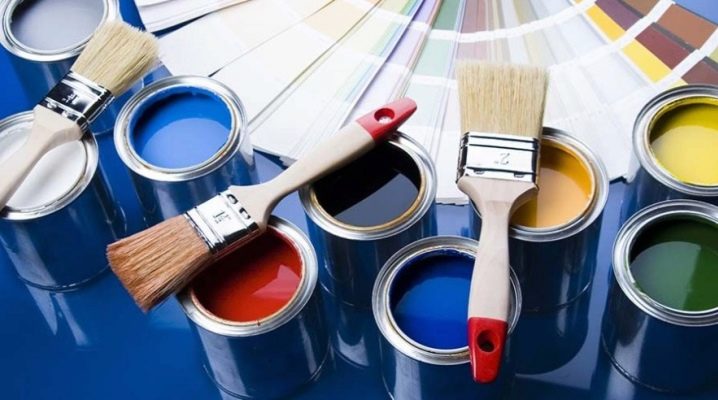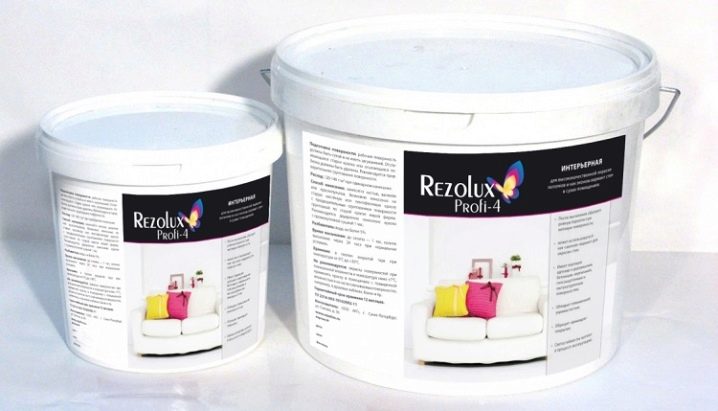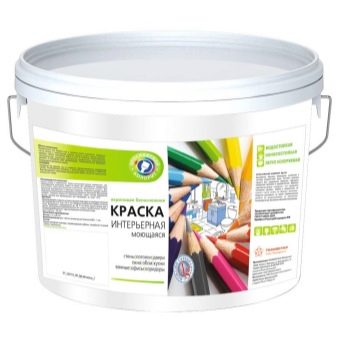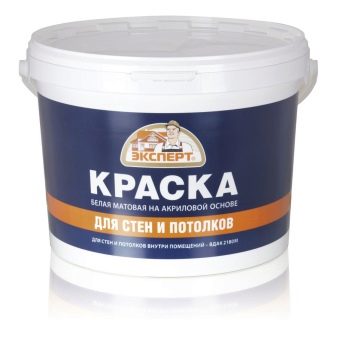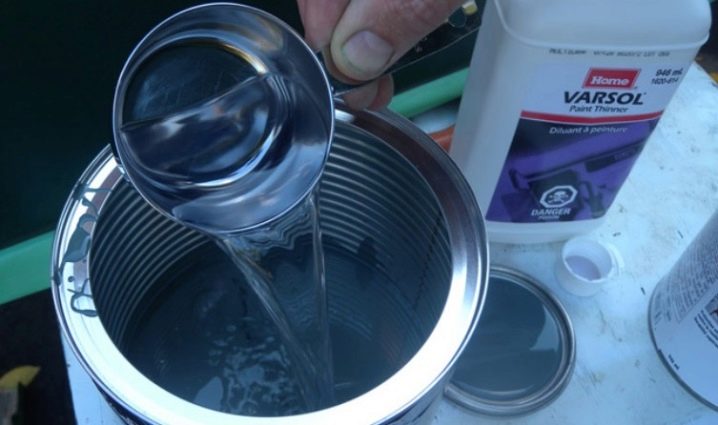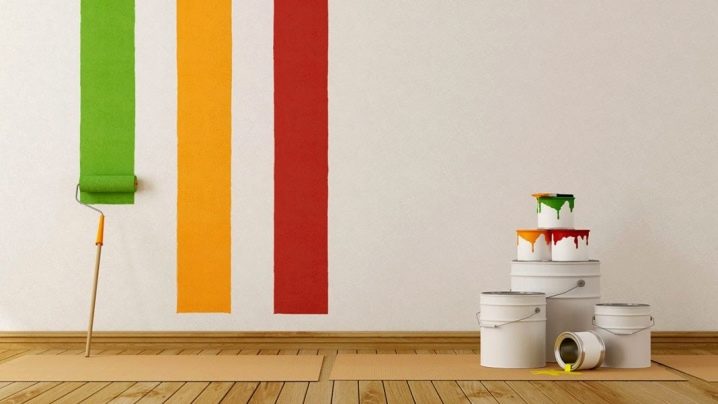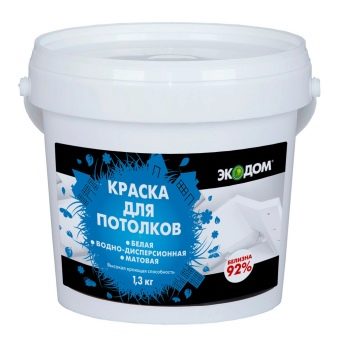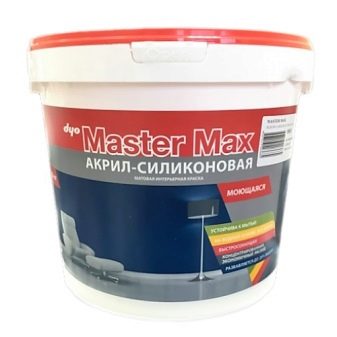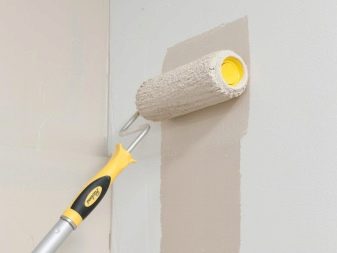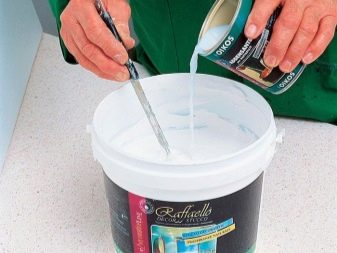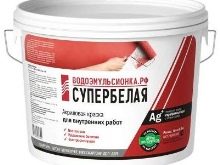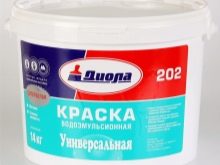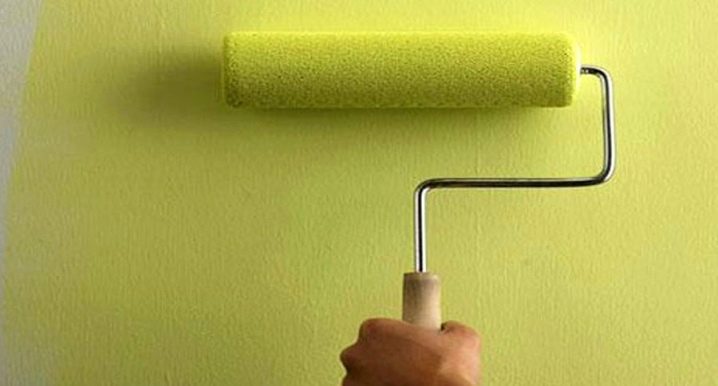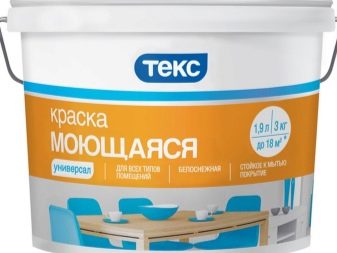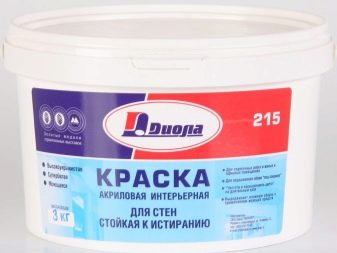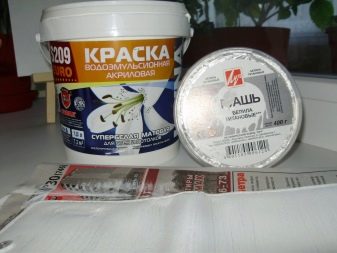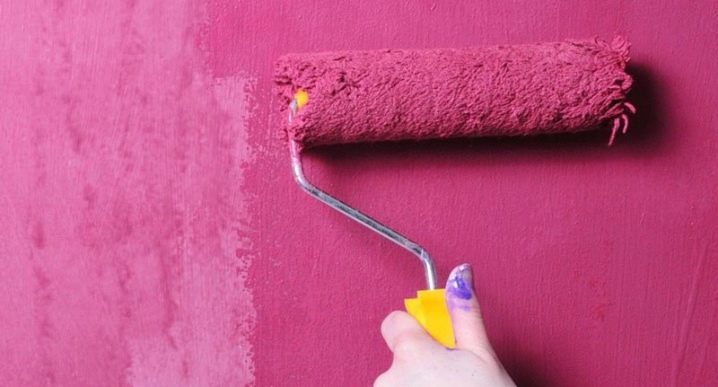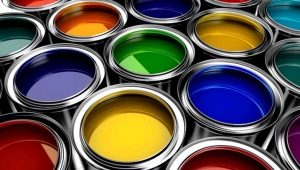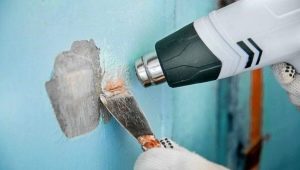Aqueous emulsion acrylic paints: types and technical characteristics
Not everyone knows the difference between water-emulsion and acrylic paints. To understand what the difference is, you need to understand all the features of such compositions, their types and technical characteristics.
Acrylic based
People buy acrylic paints for application to ceilings, walls, furniture, various decorative items. This paint consists of distilled water, acrylic, coloring matter. Acrylic coating is a special film that protects the base.
At paint, enamels on an acrylic basis are many pluses.
- The base after applying the paint dries quickly. After half an hour, the coating hardens, and within a few days it becomes completely dry. If it is warm enough indoors or outdoors, the drying time is reduced.
- Acrylic-based paints and varnishes are of high quality and durable.Such coatings remain bright and saturated for a long time.
- Due to the acrylic protective coating, the base is not affected by high humidity, high temperature, and UV radiation. The paint does not roll and does not crack.
- Acrylic based inks are universal. They are suitable not only for the implementation of finishing works, but also for artistic painting.
- This paint is safe, environmentally friendly. Such materials do not emit substances that adversely affect human health. Acrylic-based materials are ideal for interior decorating.
- Such coloring compositions are applied quickly and easily. There will be no unpleasant smell from acrylic paint, so you will not have to thoroughly ventilate the room.
- Acrylic-based coatings are fire resistant.
- Modern manufacturers offer acrylic coloring compositions of various colors. You can choose the most suitable option for any interior.
- The price of acrylic materials is quite affordable. Since you can easily use them yourself, you do not have to contact specialists.You will have an additional opportunity to save.
Water emulsion
Aqueous emulsion coloring compositions consist of special polymeric substances, liquids and dyes. They also include acrylic, silicone resin. Special solvents can be used to change the consistency of the paintwork material.
The water-based coloring compositions also have certain advantages.
- The absence of harmful substances in the composition, safety, environmental friendliness.
- Ease of use. Aqueous emulsion paint is convenient to apply with a roller, brush.
- No unpleasant smell.
- Acceptable price.
- An opportunity to receive various shades, using for this purpose special pigments.
Varieties and features of use
On the modern market are different types of water-based coloring compositions. They are silicate, acrylic, silicone, mineral. These varieties differ from each other both in scope and composition.
The most inexpensive coloring composition - mineral. In such paintwork materials there is cement, it is possible to use hydrated lime.
These coatings are suitable for a variety of reasons, but do not have a long service life.
The most versatile option is acrylic-based material. It is suitable for applying on plaster, wood, brick. The most expensive paint - based on silicone, it can be used for different reasons.
It can be concluded that acrylic-based coloring compositions are a separate type of water-based emulsion. They include an acrylic resin.
Water-based paints and varnishes can be used in the implementation of finishing works in the premises. They dry in the shortest possible time. Thanks to this, a new layer of paint can be applied almost immediately. Mineral water emulsion is well suited for painting concrete, bricks.
It is better to apply the paint with a roller or a large brush.
Differences
Water-based paints and varnishes are suitable for use in both small and large rooms. It should be borne in mind that such paints should not be applied to metal surfaces.
When compared with conventional water emulsions, it can be noted that acrylic-based dye compositions are more resistant to high temperatures and fluid. You can easily pick up the washable paint.Since the composition of such materials include acrylic resins, such coatings remain bright longer, are resistant to abrasion. They do not crack with time.
Normal water emulsion is not suitable for painting surfaces in rooms with high humidity. Acrylic paints can be called more versatile, they are applied on a variety of bases. Such coatings remain as strong as possible and provide reliable surface protection.
Acrylic-based coloring compositions are divided into several varieties. When deciding which paint material to purchase, you should consider the information that manufacturers indicate in the instructions.
- Washable. Such coatings are distinguished by dirt-repellent properties. They can be cleaned using various detergents, which allows you to get rid of pollution in the shortest possible time. Such materials are resistant to temperature differences, the effects of liquids.
- Highly abrasion resistant, indelible coatings. They can be washed, but this is rather difficult to do, since stains can occur during the cleaning process.
- Materials suitable only for dry rooms. They are not highly resistant to moisture.
- Coatings characterized by "resistance to dry abrasion." They can be cleaned using a vacuum cleaner or a dry cloth, without making significant efforts. It is not recommended to expose such paints to moisture.
Selection and application
Acrylic-based paints and varnishes are suitable for application to concrete, metal, wood, brick, glass. First you need to choose the best in the specific case of the coloring composition, focusing on the characteristics and color. You should read the instructions.
You must first determine how much paintwork you need. Consumption must also be indicated on the packaging.
If you are going to decorate the coating patterns, add to the normal consumption of about 15%.
Prepare the base for paint application. Make the surface as flat as possible, remove dirt from it. It is necessary to cover up all the cracks, crevices, remove old paint. Then clean the smeared areas using sandpaper, and wipe the surface with a damp cloth. Prime the base and allow to dry.
When the surface becomes completely dry, it will be possible to begin painting. First, paint with a brush on all hard-to-reach areas. After that, you can proceed to the use of the roller to paint over the surface as evenly as possible.
Aqueous emulsion, acrylic coatings become dry fairly quickly. You will be able to start applying the second layer in a few hours. The technology of painting with water-based and acrylic paints is the same. In any case, special attention should be paid to the instrument. It should be as convenient as possible. Having finished painting, it is necessary to thoroughly rinse the instrument with water, otherwise the paint will harden and it will be much more difficult to remove it.
So, it can be said that acrylic-based coloring compositions are more versatile and popular. Many consumers stop the choice on them. Conventional water-based coatings are not suitable for all surfaces, they are not so easy to clean. However, they have certain advantages: such coatings are safe, eco-friendly, and have an aesthetic appearance.
To learn how to paint a wall with water-based paint, see the following video.
